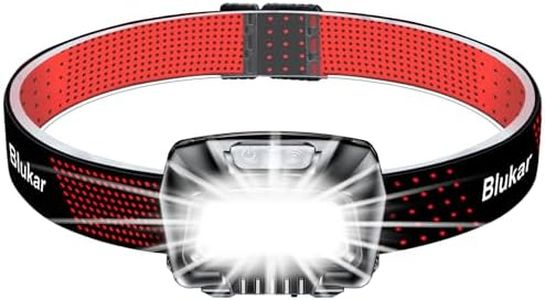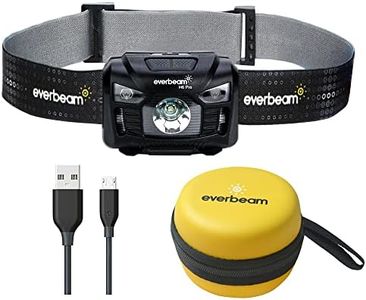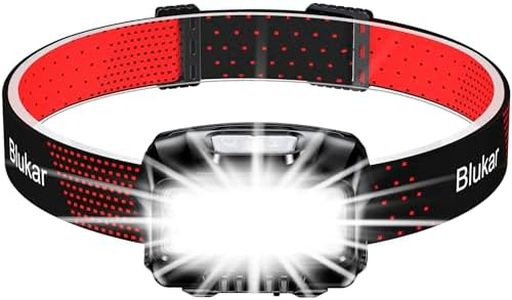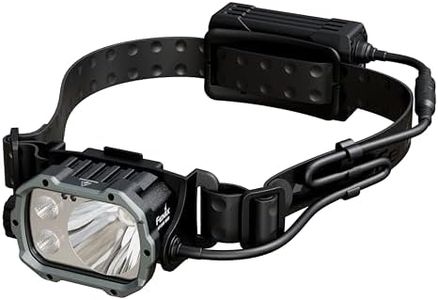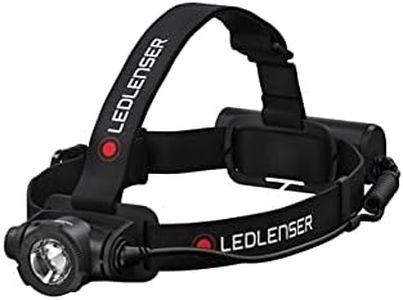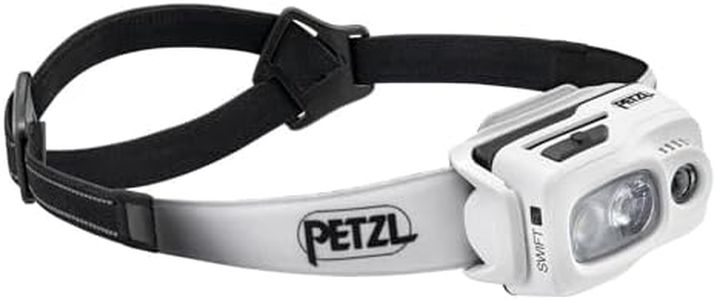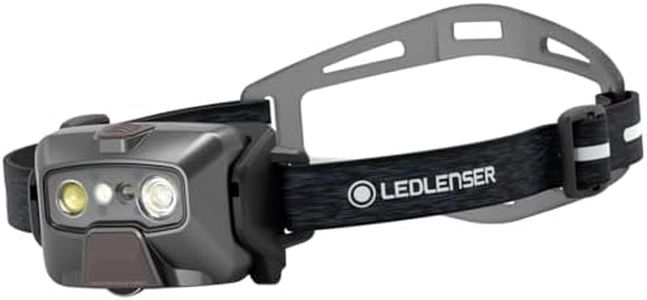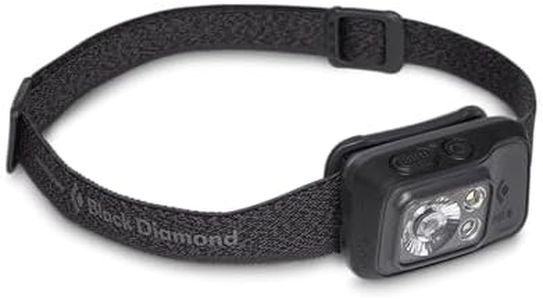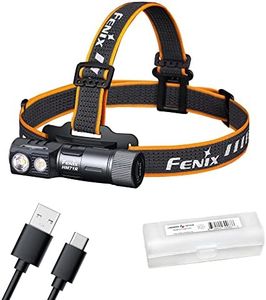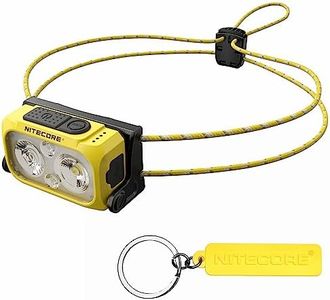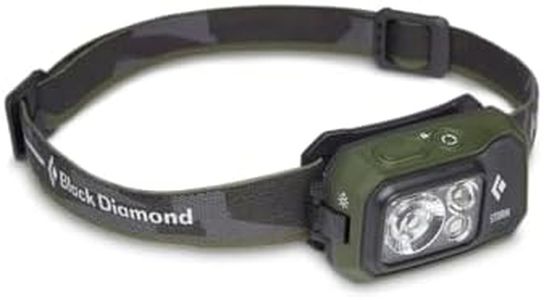We Use CookiesWe use cookies to enhance the security, performance,
functionality and for analytical and promotional activities. By continuing to browse this site you
are agreeing to our privacy policy
10 Best Hiking Headlamps
From leading brands and best sellers available on the web.Buying Guide for the Best Hiking Headlamps
Choosing the right hiking headlamp is essential for safety and comfort while you’re on the trail, especially in low-light conditions or during overnight adventures. A good headlamp keeps your hands free, provides reliable illumination, and helps you navigate and perform tasks easily when it’s dark. When making your selection, focus on the features that best match the type of hiking or outdoor activities you plan to do, and think about how you will use the headlamp most frequently.Brightness (Lumen Output)Brightness, measured in lumens, tells you how much light the headlamp emits. This is important because different situations require different levels of brightness; for example, reading a map, setting up camp, or hiking a narrow trail at night all need varying amounts of light. Headlamps can range from about 50 lumens (for low light tasks) up to over 300 lumens or more (for spotting distant objects or brighter trails). If your hikes are mostly on easier, well-marked trails or you only use your headlamp sporadically, a lower lumen model can work well and often saves battery life. For night hiking, rough trails, or tasks requiring clear sight over a distance, a headlamp with higher lumens is better. Consider how much light you actually need before opting for the brightest option.
Beam Type and DistanceBeam type describes how light is spread from your headlamp - it can be a wide flood beam (spreads light over a large area) or a focused spot beam (concentrates light in one direction for distance). Some headlamps offer adjustable beams to switch between the two. Beam distance tells you how far ahead the light reaches, which can be important for seeing obstacles or trail markers in advance. For most hikers, a headlamp with an adjustable beam offers flexibility for different tasks. If you mostly walk marked, flat trails, a wide flood beam is fine. If you hike technical terrain or need to spot trail markers far ahead, pick one with a focused beam and longer throw distance.
Battery Life and Power SourceBattery life tells you how long the headlamp will run before needing a recharge or battery change. This is a critical feature when you’re spending long hours outdoors and might not have access to charging. Some headlamps use disposable batteries, while others use rechargeable batteries, and a few offer both options. If you tend to go on short hikes, battery life may not be as big a concern, but for overnight or multi-day trips, pick a headlamp with long battery life or bring spare batteries. Rechargeable models save money and reduce waste, but make sure you have a way to recharge if you'll be out for several days.
Weight and ComfortThe weight of a headlamp and the way it fits on your head matters for comfort, especially on longer hikes. Heavier headlamps can cause discomfort or even slip down your forehead while lighter ones are easier to forget you’re wearing. Most basic models are lightweight, while higher-powered or extra-featured models might weigh a bit more. If your activities are quick or light, a low-weight headlamp is usually sufficient. For longer adventures, check for adjustable, padded straps and even weight distribution for all-night comfort.
Water and Weather ResistanceSince weather can change quickly outdoors, it’s important that your headlamp is resistant to water and dust. Headlamps are often rated with an IPX code (like IPX4 or IPX7), indicating how well they handle rain, splashes, or even being submerged. If you hike in fair weather only, minimal resistance might be fine. However, if you expect rain, snow, or harsher conditions, choose a model with higher water resistance to ensure it keeps working no matter the weather.
Extra Features (Red Light, Lockout, Tilting Head)Some headlamps come with extra features such as a red light mode (preserves night vision and is less likely to disturb wildlife or fellow campers), lockout mode (prevents accidental activation in your bag), or a tilting head (lets you angle the light where you need it). These features add convenience and utility. For example, if you camp or hike in groups, a red light mode is considerate. Lockout is useful for travel, so you don’t arrive with dead batteries. Tilting lets you adjust light for close-up work without straining your neck. Consider which features would make your specific outdoor experience more comfortable or efficient.
